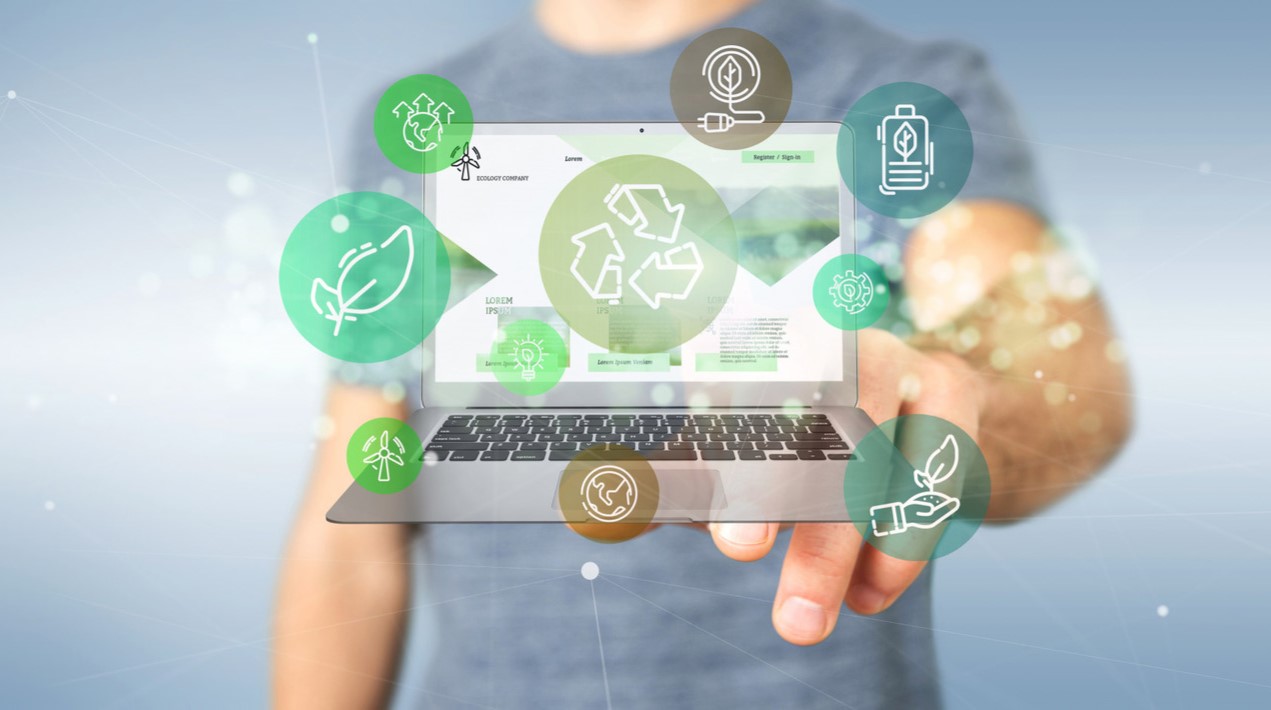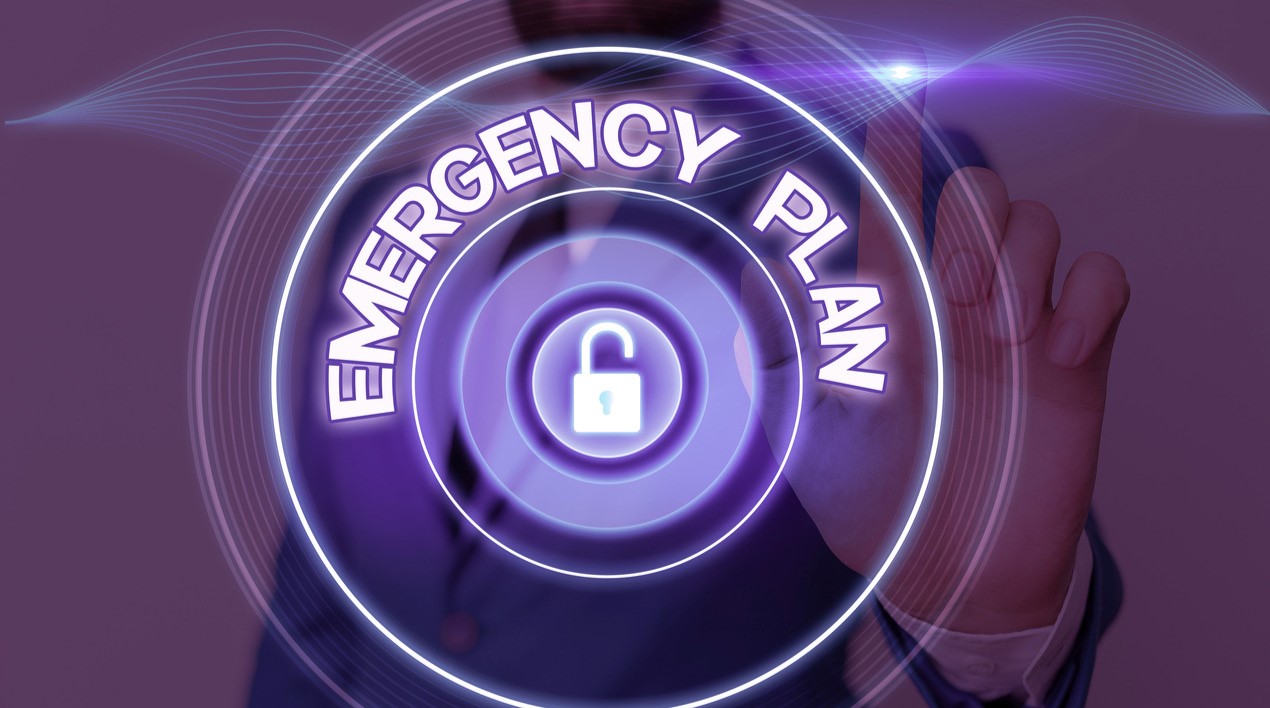
Enterprise Singapore (ESG) and the Singapore Standards Council (SSC) have launched the first national standard, Technical Reference 76 (TR 76) on guidelines for e-commerce transactions. TR 76 supports ESG’s efforts to boost SMEs’ online presence in the growing e-commerce market.
Developed by the Working Group on e-commerce appointed by ESG and SSC, the TR 76 is an industry-led effort made up of representatives from the Consumers Association of Singapore (CASE), Singapore Retailers Association (SRA), e-marketplaces including Carousell and Shopee, e-retailer FortyTwo, Nanyang Polytechnic’s Singapore Institute of Retail Studies (NYPSIRS), and payment and logistics service providers.
In Singapore, online retail sales generated an estimated 5.0 and 5.8 per cent of total retail sales value in 2018 and 2019 respectively. This year, the figure has increased from 5.5 per cent in January to 17.8 per cent in April, reflecting the substantial increase in ecommerce transactions fuelled by the COVID-19 outbreak.
TR 76 – new standard for E-Commerce
TR 76’s guidelines serve as a practical reference for e-retailers, and online intermediaries such as e-marketplaces. The guidelines provide comprehensive end-to-end coverage of the e-commerce transactions’ process, from pre purchase activities of browsing and selection, to purchasing and payment procedures, and post-purchase activities which include fulfilment, delivery, tracking of products, and returns, refunds, and exchange.
Ms Choy Sauw Kook, Director-General (Quality & Excellence), Enterprise Singapore, said, “E-commerce is a new stream of business for retailers diversifying from traditional brick and mortar shops. E-marketplaces and e-retailers will be able to implement, maintain and improve their internal processes and policies related to business-to-consumer and consumer-to-consumer transactions.”
“TR 76 will also help these businesses develop customer-centric business policies and processes, to enhance consumer confidence and trust; key considerations which will drive the growth of the e-industry.”
Businesses can refer to the guidelines as a checklist to develop e-commerce processes and policies, and convey clear and comprehensive information to consumers. This includes details on the e-retailer or merchant, their products or services, returns and refunds policies, and payment and shipping processes, so consumers can access the information easily and make informed choices.
For example, where applicable, taxes, import and export fees, return charges, and additional surcharges based on selected modes of payment should be reflected before purchases are made. TR 76 also lays out best practices on providing adequate and responsive customer support to address queries, feedback, and complaints.
Mr Loy York Jiun, Executive Director, Consumers Association of Singapore, said, “We hope more businesses will take on the guidance in TR 76, especially with more consumers turning to e-commerce during the current COVID19 situation. “
“This will enable consumers to have access to transparent product and pricing information so that they can make informed purchasing decisions. Consumers can also shop with greater assurance knowing that there are clear avenues and processes available to resolve issues post-purchase.”
Webinar to learn more about new e-commerce standard
ESG is working with NYP-SIRS to organise a webinar for the launch of TR 76. Titled Building a Trusted Online Business, the event on 2 July 2020 will see participants learning about TR 76 and how the new guidelines will apply to ecommerce transactions. Retailers diversifying into e-commerce will take away insights on creating smooth, secure, and customer-friendly processes for their online customers. Companies which have adopted TR 76 will also be sharing their experiences and tips on how to maximise the guidelines for better outputs.
















